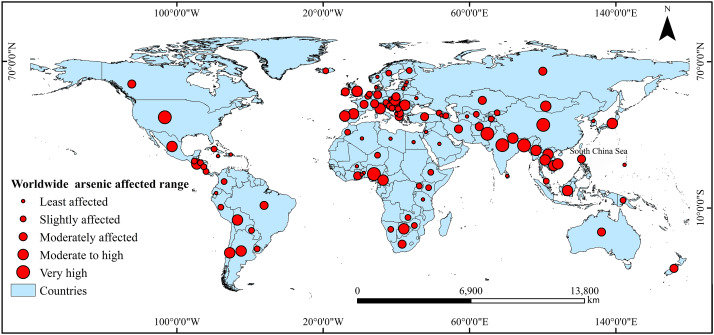I work at the Sustainable Impact in Rice-based Systems Platform under the guidance of Dr. Varunseelan Murugaiyan and Dr. Peter Sprang. Since Dr. Sprang will not be back until July 15, I study with Dr. Murugaiyan about environmental pollution in agriculture, especially the arsenic contamination in rice.
Arsenic is a widely distributed metal existing in organic and inorganic forms with various toxicity on the Earth. Arsenic pollution has already been a severe environmental issue all over the world, since arsenic will pollute the groundwater and soil, and they are the fundamental sources of nutrients for crops and people’s daily lives. If people consume food like rice contaminated by arsenic for a long time, it will lead to chronic diseases including cardiovascular and lung problems. My current work is mostly collecting data and information about the current situation of arsenic pollution all over the world, especially in Southeast Asia, which locates a lot of major rice cultivation countries. Specifically, I am comparing the national limitation of the arsenic level of each country with the UN Food and Agriculture Organization (FAO) standard for arsenic contamination, and comparing the average arsenic contamination in rice in these countries. The differences among them indicate the potential difficulties of measuring the actual arsenic pollution since the arsenic level in a country might surpass the FAO standard but meet the national standard. I try to look at some policies that can be implemented to reduce arsenic pollution, and reveal the importance of such policies for the whole society, including the consequences in agriculture and the health care system.
Dr. Murugaiyan said that I am the first student in this department to focus on the policy side since their concentration is on biology and chemistry.
After Dr. Sprang comes, I will be mostly learning about key sustainability tools, such as the Sustainable Rice Platform (SRP) standard and performance indicators. I might also be able to explore the market potential for rice with a sustainability or quality mark claim in the Chinese market. I feel quite excited about that as well.

